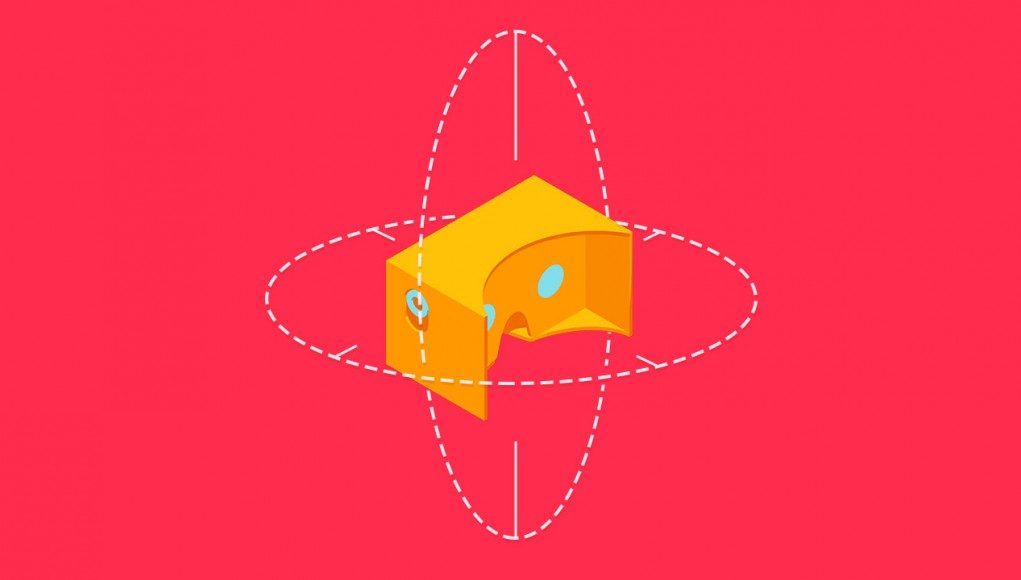It’s been clear for some time that Google’s virtual reality ambitions extend beyond Cardboard and now we’re seeing the first hints that the company will be integrating VR functionality into Android N, the next major release of the company’s mobile operating system.
Beyond regular hiring for VR specific jobs (a recent slew of which heavily suggested the company is working on it’s own VR headset beyond Cardboard), and dedicating a new VP specifically focusing on virtual reality, the company appears soon to be building virtual reality functionality directly into Android

Currently, the company’s ‘Cardboard‘ initiative is a series of low-cost smartphone VR viewers which do little more than cradle your phone behind a pair of lenses. While this provides a simple, low-cost taste of VR, it’s significantly lacking in performance compared to Samsung’s Gear VR headset which is undoubtedly the current bar-setter for mobile virtual reality. Gear VR achieves this by tapping into specially designed software capabilities of compatible Samsung phones, as well as augmenting the phone’s limited tracking capabilities with hardware inside the headset.
Google is well aware, and the company appears to be readying native virtual reality functionality that will be part of the Android operating system’s core—the assumed objective being to get Android’s VR capabilities on par with Gear VR (which is, after all, running on Android-powered phones).
Ars Technica reports that a new developer preview build for Android N, the next major version of Google’s mobile operating system, includes the first hints of this directly integrated VR functionality.
It looks like apps will soon be able to register themselves as something called a “VR Listener” or “VR Helper.” In the latest Android N you can see this by navigating to Settings -> Apps -> Configure apps (the gear button in the top right) -> Special Access -> VR helper services. It looks like this will work similarly to the “Notification Access” screen (used by Android Wear to bring notifications to a smartwatch)—the VR helper services screen will show a list of apps that plug into this API, and users can allow or deny the permission.
In the settings strings there’s a permissions warning related to the VR service that states “[app name] will be able to run when you are using applications in virtual reality mode.” It sounds like when Android kicks over into whatever this VR mode is, the helper app will be able to pop up and do… something. We’re not sure what.
The report also indicates a new hardware support flag called “config_sustainedPerformanceModeSupported,” which Ars Technica’s Ron Amadeo suspects might be a special capability allowing for continuous and direct use of a phone’s CPU and GPU in a similar way that Gear VR manages performance on compatible Samsung’s phones.
Google is planning at least three more developer preview builds of Android N before it launches later in Q3 2016, so we may continue to see VR functions added over time.

Beyond tweaking Android for VR, what is going on at the hardware end of things? Back in February, a report by the Financial Times suggested that Google would launch their own dedicated VR headset this year (that report also indicated that VR functionality would be built directly into Android).
The launch of a Google VR headset will put the company in a curious position with Samsung, who is of course a major player in the Android smartphone ecosystem and has collaborated with Google to produce Nexus devices in the past. A new Google VR headset could potentially be compatible with Samsung’s Gear VR-compatible smartphones, or it could exclude them; either way, the platform politics are likely to get awkward fast, especially with prominent Google products like YouTube still missing from Gear VR.
With the company’s annual I/O conference coming up next month, we expect to hear much more about virtual reality from Google soon.










